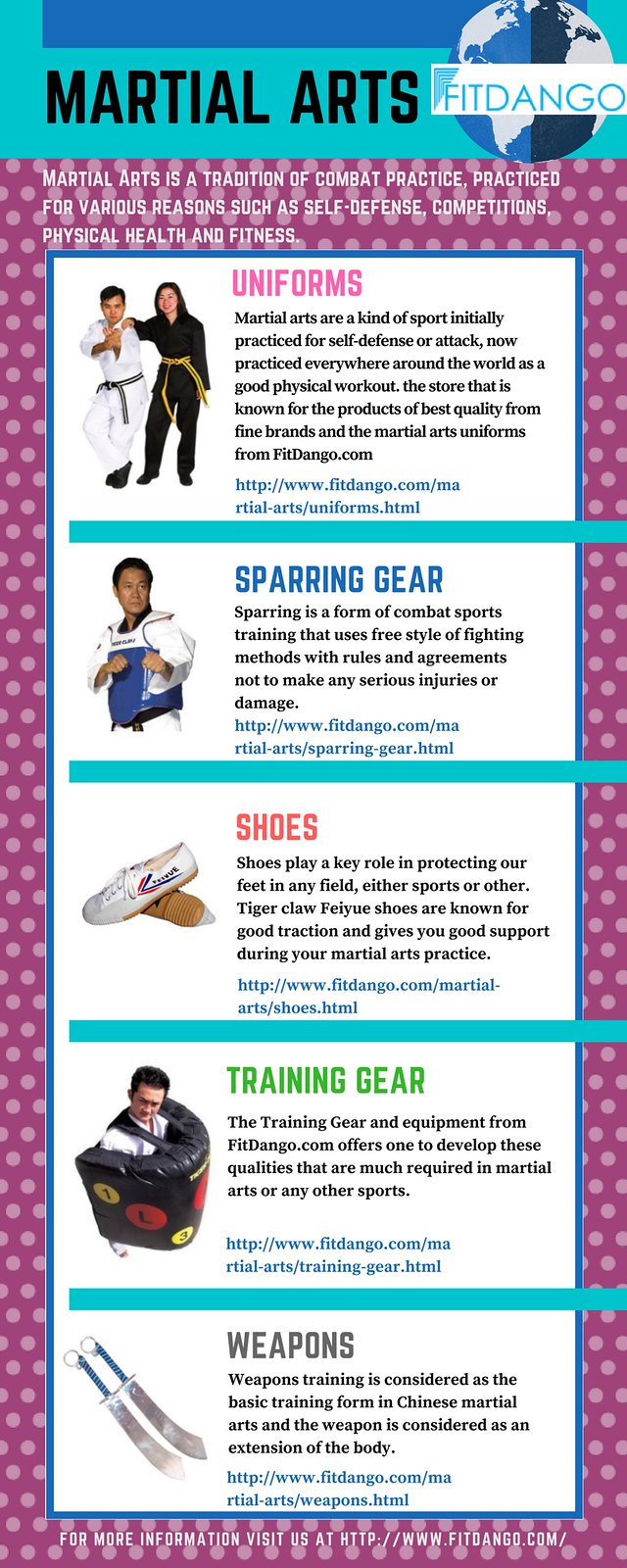The History And Development Of Martial Arts Around The Globe
The History And Development Of Martial Arts Around The Globe
Blog Article
Composed By-Winkler Vick
Martial arts have an interesting background that extends centuries and continents. You could locate it appealing exactly how ancient methods like Shuai Jiao and Kalaripayattu laid the groundwork for modern-day battle strategies. These self-controls not only stress physical abilities but additionally mirror the societies that birthed them. As you explore their advancement, consider just how globalization has changed these conventional types right into crossbreed styles. What impacts do you think have formed today's martial arts landscape?
Ancient Martial arts: The Structures of Battle
As you look into the globe of old martial arts, you'll discover the abundant foundations that formed combat techniques across societies. Very early techniques concentrated on Self-Defense and survival, often integrating strikes, grappling, and weaponry.
In martial arts vs karate , for example, techniques like Shuai Jiao stressed tosses and joint locks, while India's Kalaripayattu showcased agility and fluid activity. Japanese samurai developed Kenjutsu, a polished swordsmanship that highlighted self-control and method.
why martial arts are the best offered not just for battle but additionally as a means of personal growth, instilling values like respect and determination. The blending of these techniques in time laid the groundwork for the varied martial arts you see today, each reflecting the one-of-a-kind approaches and requirements of its society.
The Cultural Impact on Martial Arts Growth
While martial arts usually mirror the sensible requirements of a society, they also personify the cultural worths and beliefs of their beginnings. When you check out different martial arts, you'll observe just how they're influenced by faith, approach, and social standards.
As an example, the emphasis on regard and discipline in Japanese martial arts comes from Zen Buddhism and samurai society. On the other hand, Brazilian Jiu-Jitsu promotes adaptability and technique, shaped by the need for effectiveness in a varied, multicultural atmosphere.
You could find that the routines, uniforms, and training approaches reflect a neighborhood's history and identification. By comprehending these social impacts, you strengthen your recognition of martial arts and their role in shaping human experiences across the globe.
Modern Adaptations and the Globalization of Martial arts
Martial arts have changed substantially in recent decades, adapting to contemporary culture and international impacts. You'll notice that standard forms have combined with modern-day methods, producing hybrid styles like mixed martial arts. These adaptations deal with diverse target markets, making martial arts available and appealing around the world.
With the surge of social networks and digital systems, you can find tutorials and competitors from all edges of the world, breaking geographical obstacles. This globalization has led to a common appreciation for different disciplines, from Brazilian Jiu-Jitsu to Taekwondo.
As you involve with these arts, you'll understand they're not nearly combat; they advertise health and fitness, self-control, and psychological well-being.
Ultimately, modern adjustments have actually enhanced the martial arts landscape, making it a dynamic and progressing practice.
Final thought
In exploring the background and development of martial arts, you uncover an interesting mix of strategies, cultures, and ideologies. From ancient self-controls like Shuai Jiao and Kalaripayattu to the modern-day adaptability seen in mixed martial arts, martial arts show humankind's mission for Self-Defense and personal growth. As you involve with these methods, you not just get abilities but additionally a much deeper recognition for the diverse customs that shape our world today. So, proceed your journey and embrace the art of combat!
